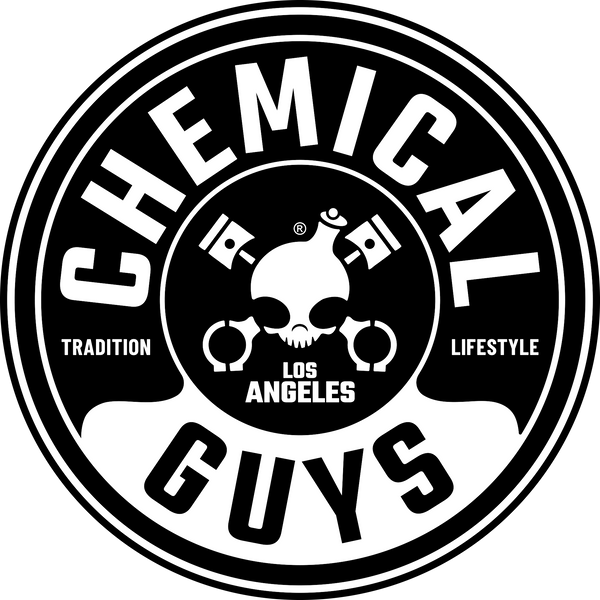
Clay Bar Detailing: Your Questions Answered
Share
A clay bar has the ability to rejuvenate the paintwork of your vehicle but it’s a process that shouldn’t be undertaken by someone who doesn’t understand the impacts or the benefits. Before picking up a clay bar It’s essential you understand the best practices in order to achieve the best results.
We’ve got many years in the detailing business so are in a great position to answer any clay barring questions you might have. Whether you’re a novice or a detailing enthusiast, we’ve put together this guide to build your knowledge.
What is a clay bar?
A clay bar enables any detailer to achieve a superior level of cleanliness beyond even the deepest traditional car wash. It removes contaminants that have become embedded in the surface and leaves a smooth finish that results in a much cleaner shine once a wax or sealant has been applied.
By applying clay bar lubricant and gently rubbing the car's surface, the clay bar will lift particles and effectively act as a reset button, restoring the paintwork close to its original condition.
Why should I use a clay bar?
Using a clay bar is essential if you want to achieve a truly showroom shine to your vehicle. Even regular car washing won’t remove all contaminants such as road grime, tar and dust. If these are left they can bond to the surface which seriously undermines the smoothness and appearance of the paintwork.
Clay barring not only enhances the visual appearance but also prepares the surface for polishing or waxing, and ensures the best results. Clay barring takes your detailing game beyond conventional car washing.
How does a clay bar work?
When you glide the clay over a lubricated surface, it gently grabs and pulls embedded particles from the paint, glass or metal. It’s crucial that you use a clay bar alongside lubricant as it provides a slippery barrier and prevents scratches occurring directly from the clay bar itself.
The clay effectively pulls contaminants from the surface, it’s common to hear gritty sounds as you encounter particles on the surface. Once clay barred the surface will be noticeably smoother to touch and more light will be reflected, giving the paint a higher quality shine.
Not only does the clay bar clean the surface it also primes the outside of your vehicle for further detailing and amazing results.
How often should I clay bar?
How often you should use a clay bar depends on a few factors including your driving environment and how important your car’s appearance is to you. As a general rule we’d recommend using a clay bay 2-3 times per year. This would increase if your vehicle is often driven through or near building sites or areas of high pollution.
Regular inspection of your paintwork can dictate if you need to clay bar. If you notice your paint has a rough texture after you’ve washed your vehicle, it’s a sign contaminants are present. Plus, using a clay bar before applying wax or sealants will enhance the level of protection and their longevity.
Should I clay bar before waxing or polishing?
Clay bar detailing is recommended before any polishing or waxing, it’s a crucial step towards achieving the best results. By removing contaminants from the surface of your vehicle, subsequent products are applied to the deep cleaned and smooth surface, this maximises their effectiveness and longevity.
Applying waxes or sealants to a vehicle that hasn’t been cleaned with a clay bar will likely result in an uneven finish which will reduce their effectiveness. You could even damage your paintwork if you use a polishing machine before using a clay bar due to the dirt particles which will be present on the surface.
Is clay barring safe for my paint?
When applied correctly, clay bar detailing is safe for your vehicle’s paint. However, it’s important you use the right techniques and lubricant. This will significantly reduce any risk of scratching.
You should also consider the grade of clay bar you need. Softer clay bars are ideal for regular maintenance, whilst heavier ones are designed specifically for heavily contaminated surfaces. When used correctly you can easily lift contaminants without harming your paintwork at all.
You can also help with this by checking the condition of your clay bar as you work. Areas that have a build up of debris should no longer be used.
Not only does the clay bar clean the surface it also primes the outside of your vehicle for further detailing. Overall clay bar detailing has the power to transform the appearance of your car, and take your results to a new level. Choose the right products and execute the right techniques to achieve results that last.

